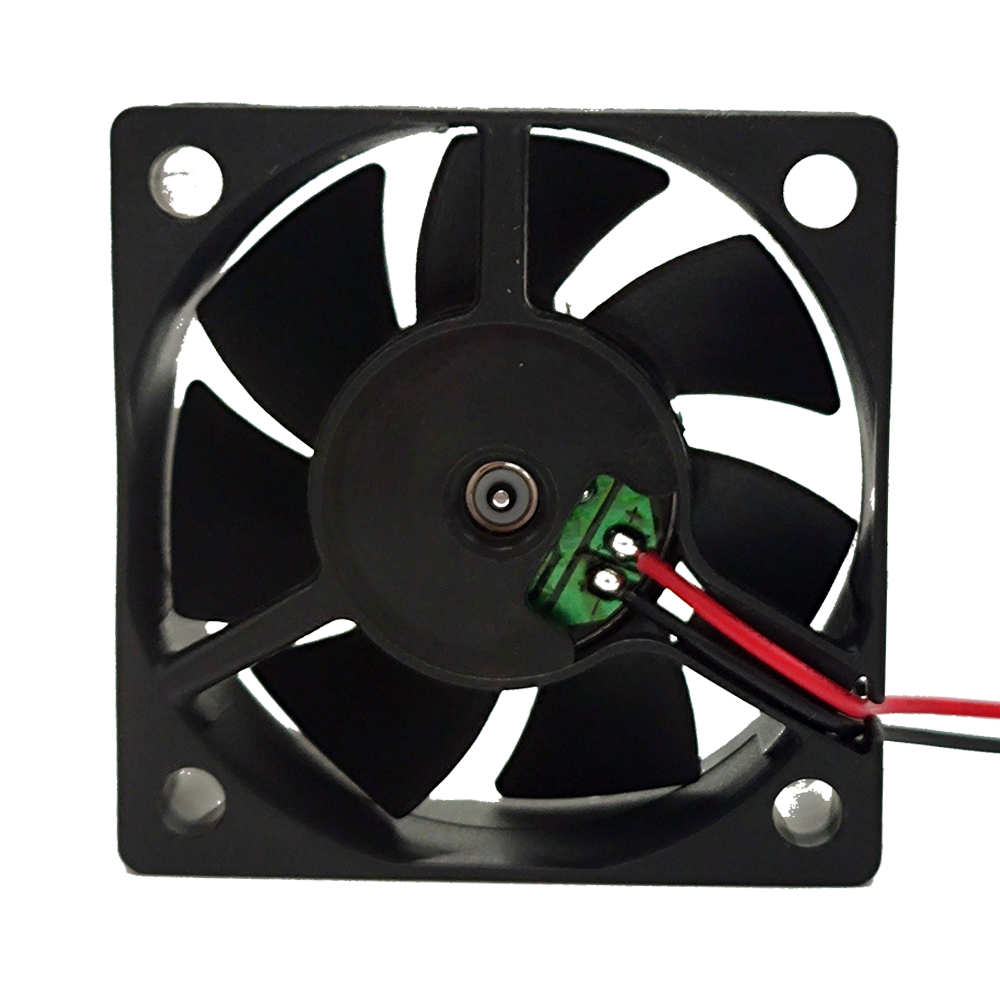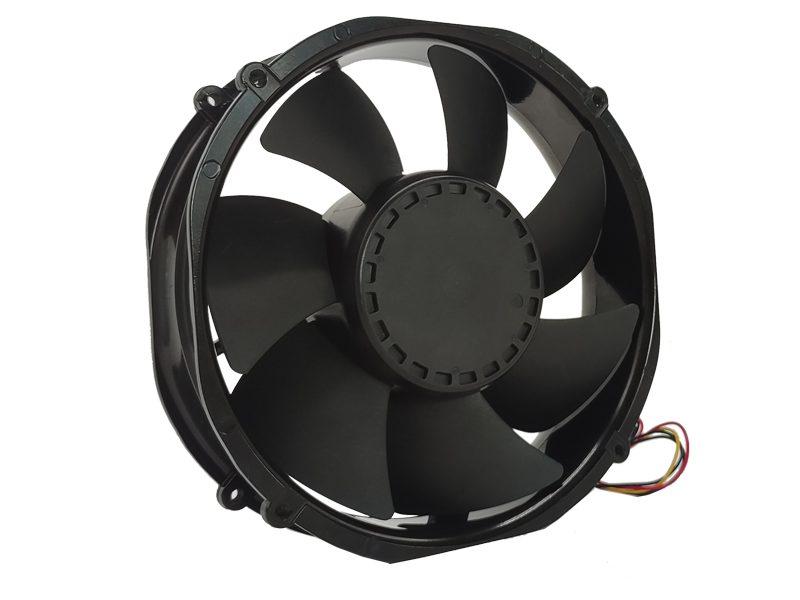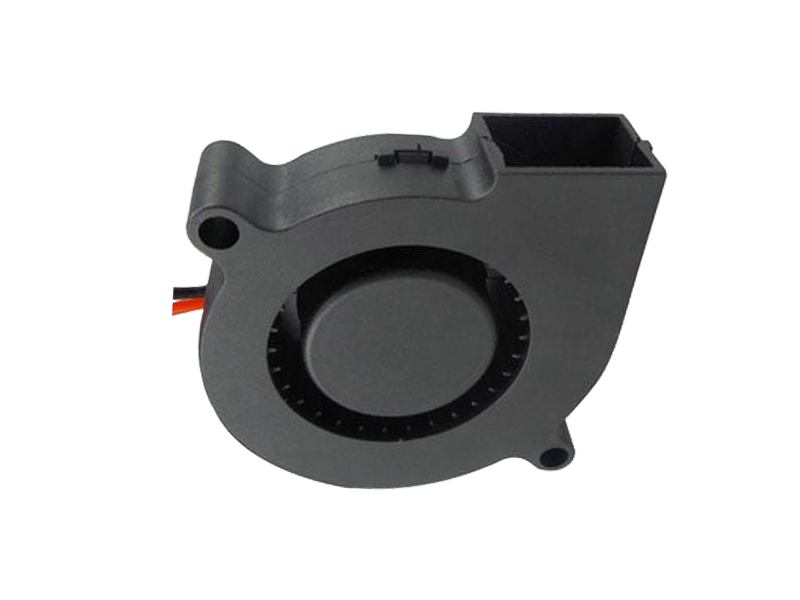In the realm of industrial ventilation, the evolution of fan technology has transcended conventional boundaries, driven by advancements in aerodynamics, material science, and smart manufacturing. Modern industrial fans are no longer mere mechanical devices but sophisticated systems that integrate cutting-edge engineering principles to deliver unparalleled performance, energy efficiency, and durability.
1. Aerodynamic Breakthroughs: From CFD Simulations to Biomimetic Design
The pursuit of optimal airflow efficiency has led to radical innovations in blade design. Computational Fluid Dynamics (CFD) simulations now enable engineers to model airflow patterns with micron-level precision. For instance, the Kale Airfoil Blades™ developed by Kale Environment utilize streamlined profiles inspired by aircraft wings, reducing turbulent flow by 35% compared to traditional blades. This design, coupled with a 15° anhedral twist, ensures uniform air distribution across 1500㎡ spaces, as seen in automotive manufacturing plants.
Biomimicry has also emerged as a design philosophy. The AirFence® patent by Big Ass Fans mimics the ventral furrows of humpback whales, channeling airflow into coherent columns rather than chaotic vortices. This innovation increases coverage area by 20% while lowering noise output to sub-40dB levels—a critical factor in noise-sensitive environments like libraries or hospitals.
2. Material Science: Graphene Composites and 3D-Printed Titanium

Material innovations are redefining fan longevity and performance. Graphene-enhanced polymer composites, now commercialized by firms like Stir, offer a 400% improvement in tensile strength over conventional aluminum blades. These composites, infused with 2% single-layer graphene, also exhibit self-lubricating properties, reducing maintenance cycles by 60%.
For extreme environments, additive manufacturing is revolutionizing fan construction. AirMax Fans’ Titan Series employs 3D-printed titanium blades with internal honeycomb structures, achieving a 50% weight reduction while maintaining compliance with API 673 standards for explosive atmospheres. This technology enables fans to operate in -40℃ to 80℃ temperature ranges, as demonstrated in Siberian oil refineries.
3. Motor Technology: Permanent Magnet Synchronous Motors (PMSM)
The transition from induction motors to PMSM systems marks a paradigm shift in energy efficiency. Openler’s EcoDrive PMSM achieves 95% efficiency through neodymium magnet arrays and copper rotor bars, reducing energy consumption by 45% compared to AS5359-compliant motors. These motors also incorporate self-sensing algorithms that eliminate encoder requirements, lowering total cost of ownership.
4. Smart Integration: IoT and Predictive Maintenance
Modern industrial fans are nodes in the Industrial Internet of Things (IIoT). The Kale SmartControl System integrates vibration sensors, thermal cameras, and energy meters into a unified dashboard. Machine learning algorithms analyze 12 operational parameters to predict bearing failures with 92% accuracy, as validated by 18-month field trials at Tesla Gigafactories.
Recommended Products

The main purpose:Car charging station

The main purpose:Car charging station

The main purpose:Electronic refrigerators, water dispensers, direct drinking machines, inverter power supplies
Address:No. 4137, Longgang Avenue (Henggang Section), Henggang Community, Henggang Street, Longgang District, Shenzhen
hotline:13530005572(Chen)15112579390(Li)


Welcome all friends to come for consultation and negotiation.
Copyright 2024 @ Shenzhen Youneng Xinyuan Electronics Co., Ltd.,(industrial fans,industrial blowers,axial fans,cooling fans manufacturer,centrifugal fans,ac cooling fans,dc cooling fans)